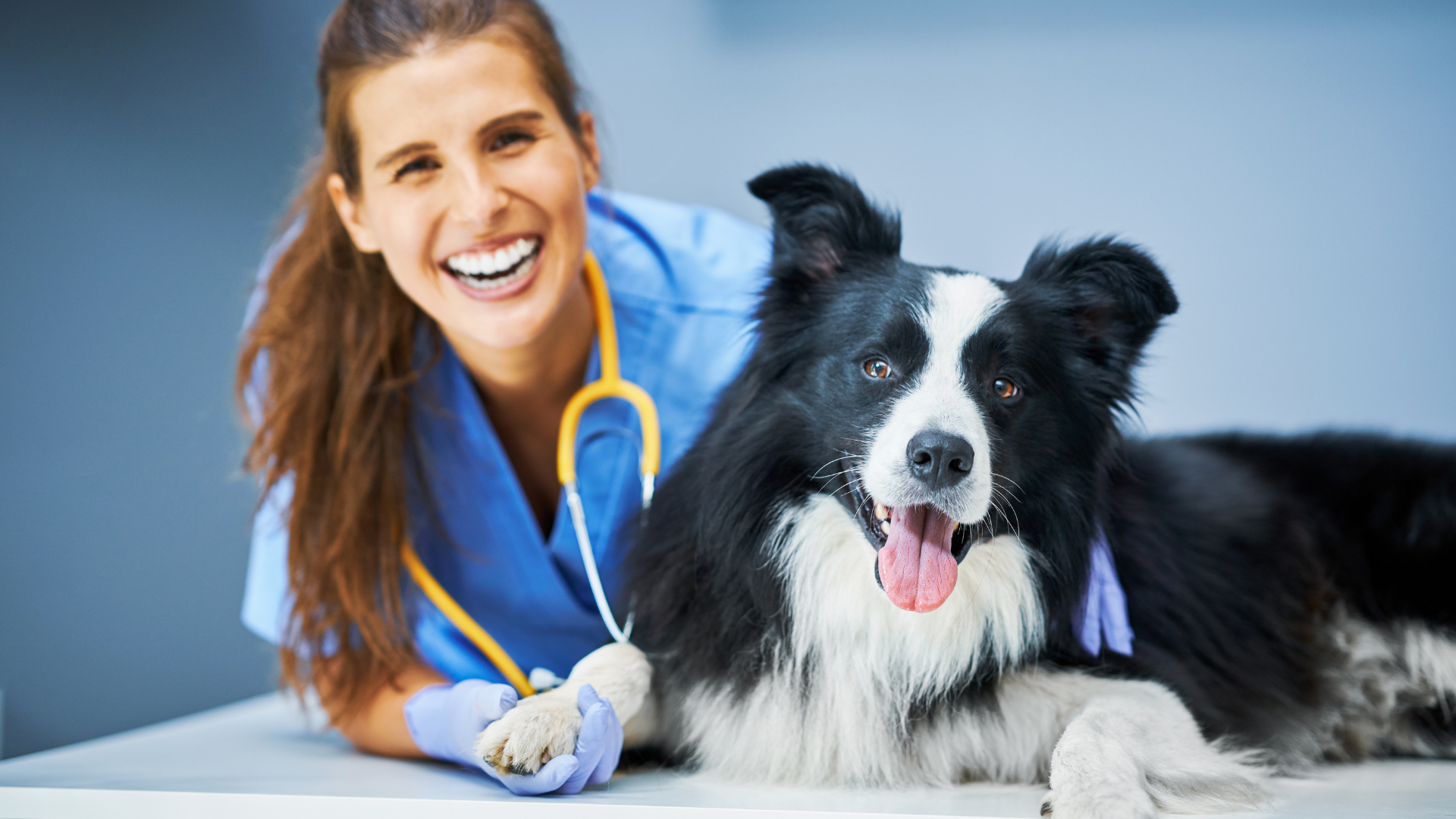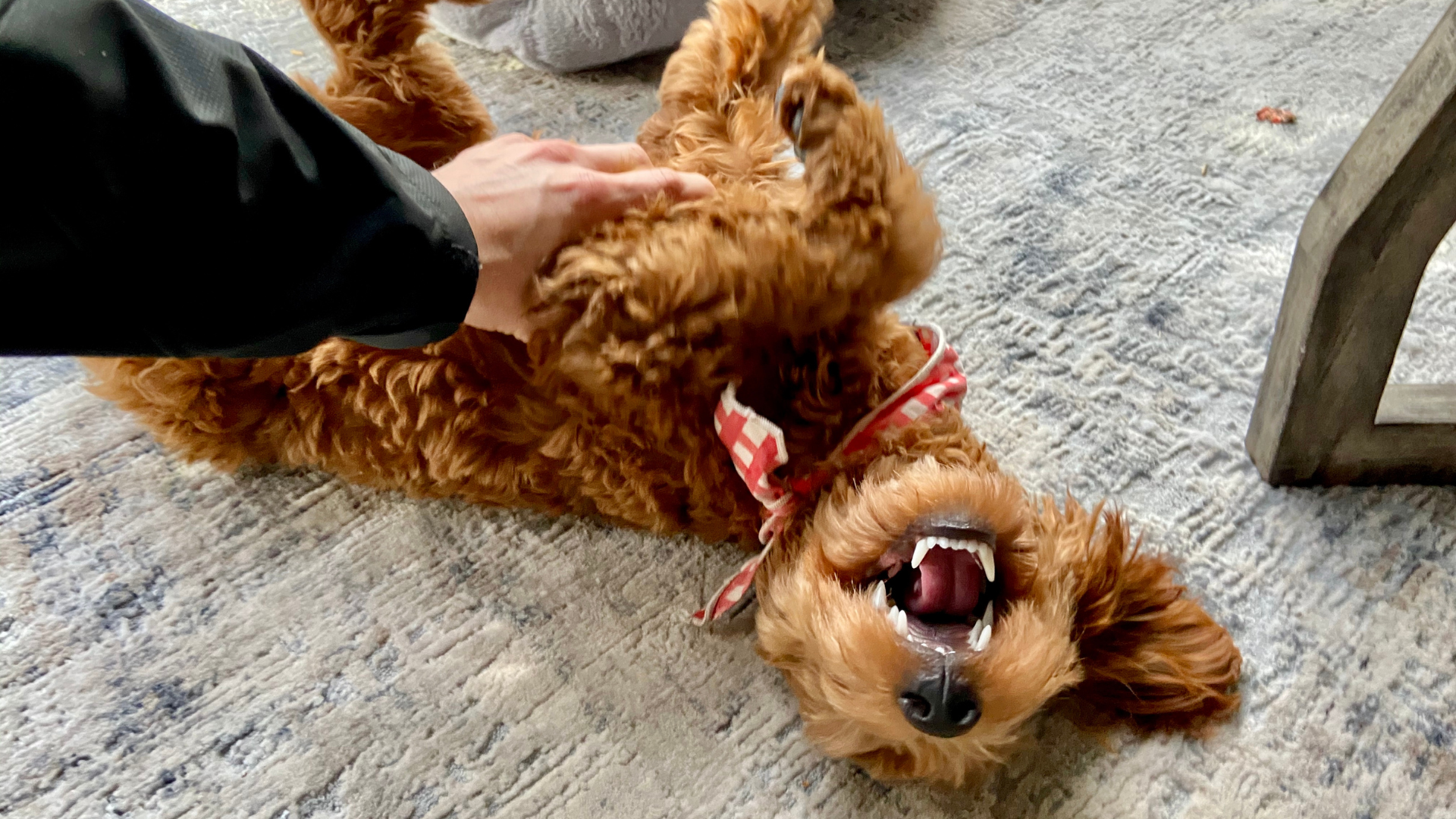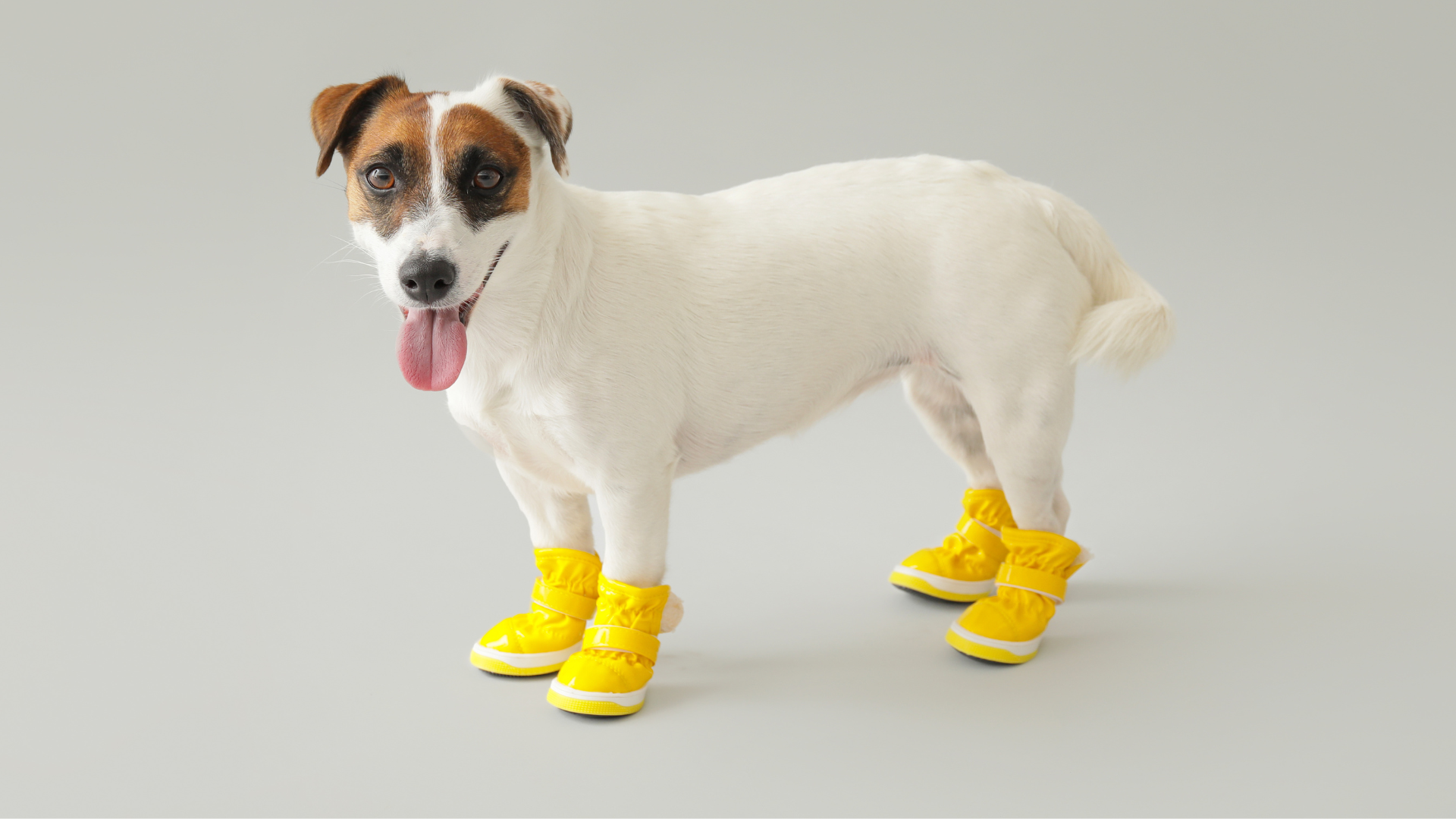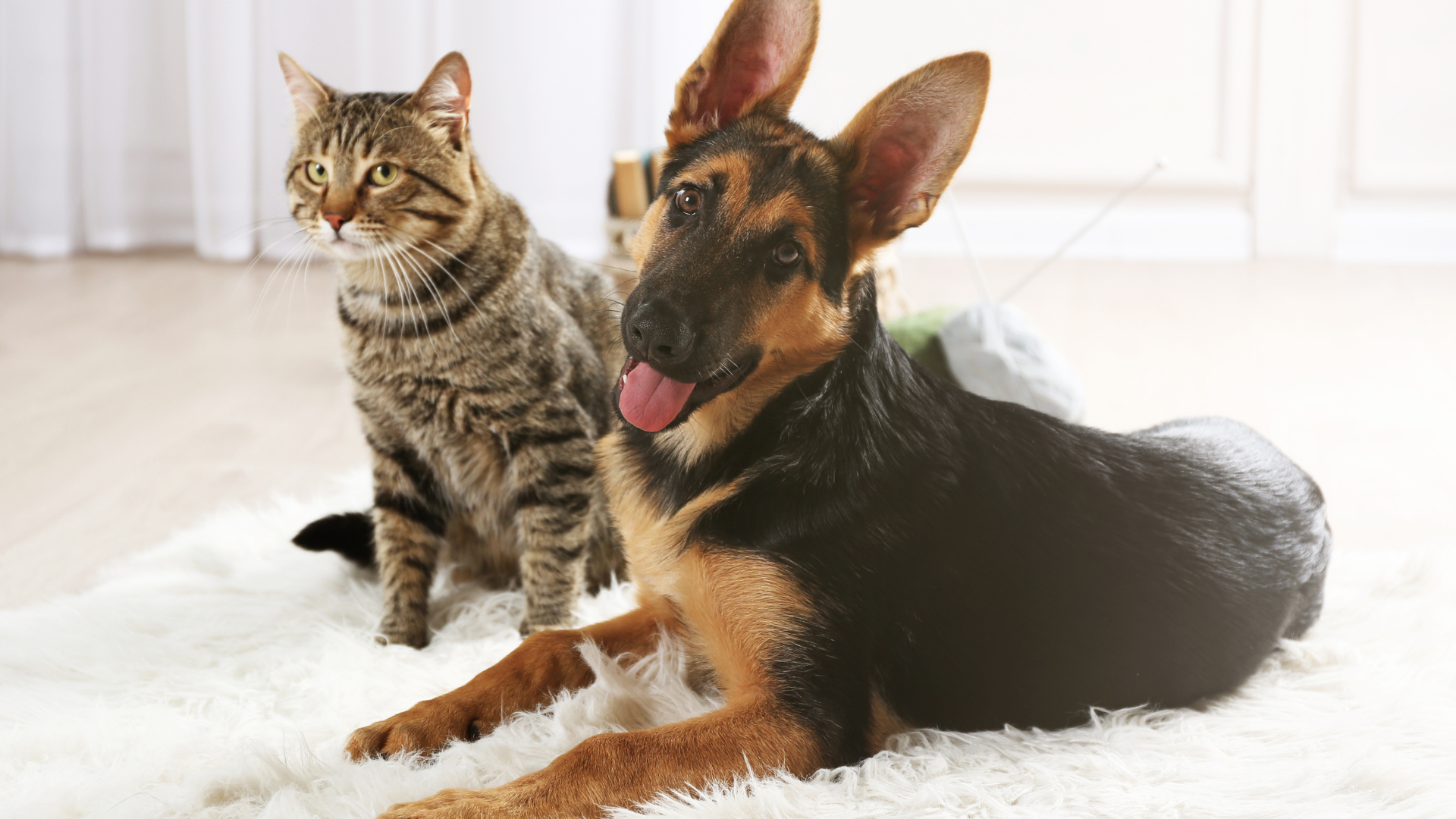When the clocks spring forward or fall back, most of us adjust with a yawn and a cup of coffee. But for our dogs—who rely on routine for comfort and stability—daylight saving time can cause unexpected disruption. That hour shift might seem minor to humans, but it can throw off your dog’s entire rhythm. From feeding and potty breaks to walks and sleep cycles, even a 60-minute change can result in confusion, stress, or behavioral hiccups.
As pet parents, we want to make this biannual time transition as smooth as possible for our furry companions. In this guide, we’ll walk through how daylight savings affects pets, why gradual adjustments matter, and what a successful dog schedule adjustment looks like. We’ll also offer practical tips to ease the shift, and highlight some tools—from environmental changes to wellness routines—that can help maintain your dog’s comfort and happiness.
Whether you’re prepping for spring forward or winding down for fall back, these time change tips will ensure your dog stays calm, happy, and well-adjusted. Let’s dive in.
Understanding Daylight Saving Time & Dogs
What is daylight savings pets shift?
Daylight saving time (DST) is the practice of advancing the clock by one hour in the spring and reversing it in the fall to make better use of daylight. While it benefits human schedules and energy savings, the shift doesn’t consider pets—who don’t read clocks.
For dogs, life revolves around consistent cues like light, mealtimes, walks, and bedtime rituals. When those cues suddenly change, their internal body clock, known as the circadian rhythm, can become confused. That confusion can result in restlessness, refusal to eat at “new” mealtimes, increased barking, or accidents in the house due to mismatched potty schedules.
Dogs’ circadian rhythms and habits
Dogs thrive on predictable routines. Their circadian rhythm is largely regulated by natural light and environmental consistency. This internal clock tells them when to wake, when to rest, and when to expect meals or walks.
When DST hits, your dog doesn’t suddenly feel an hour “later” or “earlier.” Instead, they just notice that their routine is suddenly out of sync. For example, if they usually go for a walk at 7 AM, they may become confused or anxious when that walk now happens at 8 AM instead.
Understanding this mismatch helps us prepare our pets more compassionately. The key is to gradually shift the external schedule so that it aligns with your dog’s internal rhythm over time.
Why Gradual Adjustment Works
10–15 minute daily shifts
The most effective way to adjust your dog’s schedule is slowly. Rather than changing everything overnight, begin shifting feeding times, walks, and bedtime by 10–15 minutes each day for about a week leading up to the time change. This allows your dog’s body to naturally recalibrate without triggering stress.
Start by adjusting their morning routine. If you usually feed your dog at 7:00 AM, serve breakfast at 7:10 AM the first day, 7:20 AM the next, and so on. The same goes for their evening meals, walk schedules, and bedtime. By the time the clocks officially change, your dog will already be synced with the new schedule.
This gentle approach reduces anxiety, prevents behavior issues, and maintains digestive regularity. It also helps avoid accidents in the house, especially for dogs that are sensitive to bathroom timing.
Adding buffer days
Don’t wait until the night before DST to start planning. A successful adjustment begins at least 7 days in advance, giving your dog the necessary buffer to ease into the new timing. If your dog is especially sensitive, you may want to begin 10–14 days before the switch.
During this time, be patient. If your dog seems sleepy during their new walk time or hesitant to eat at the adjusted mealtime, offer encouragement but avoid pushing. Let their body catch up naturally.
Also consider adding environmental cues to help signal the change. Gradually adjust the lighting in your home—dimming lights at night or opening blinds earlier in the morning—to simulate the new day-night pattern. These signals can be especially helpful for dogs that are sight- or hearing-impaired.
Planning Your Dog Schedule Adjustment Timeline
Mealtimes
Dogs are highly food-motivated and often associate meal timing with comfort and routine. Use their meals as the anchor point for the schedule shift. Start gradually adjusting breakfast and dinner times as outlined above.
To ease transitions for sensitive tummies, consider supplementing meals with familiar scents or calming routines. You can also use mealtime to reinforce a sense of stability—try adding a sprinkle of their favorite treats, or keep their feeding location clean and comforting using our natural All Purpose Cleaners.
Walks and playtimes
Physical activity is another strong routine marker. Slowly push your walk times forward or backward in 10-minute increments. Keep their walk environment familiar, and if possible, maintain the same route to avoid disorientation.
Add enrichment activities like tug toys or puzzle feeders to keep your dog mentally stimulated during periods of restlessness. If your pup tracks dirt or debris into the house during outside play, a quick cleanup using our safe and effective Carpet Deodorizers can help freshen your living space.
Potty breaks
Potty timing is closely tied to feeding and activity. As you adjust meals and walks, your dog’s elimination schedule will shift as well. Pay close attention to early signs they need to go outside, especially during the first few days of the transition. Avoid accidents by offering extra breaks and rewarding them for adjusting to the new timing.
And if you do have an occasional mess during the shift, be ready with our Laundry Powders to freshen up soiled bedding or blankets naturally and effectively.
Light, Exercise, and Environmental Cues
Use natural light to guide the transition
Light is one of the strongest influences on your dog’s circadian rhythm. Dogs instinctively react to the rising and setting of the sun, and you can use this natural behavior to your advantage during daylight saving time.
Open your blinds earlier in the morning during the spring forward period to gently nudge their wake-up routine. In the fall, allow them to enjoy the earlier darkness by dimming lights indoors in the evening. This change helps their bodies adjust to the shifting sense of time without added stress.
You can also maintain lighting consistency in their rest spaces. If your dog sleeps in a crate or a room with artificial light, use dimmable bulbs or schedule light timers to align with their new sleep schedule. These subtle cues reinforce their internal clock without abrupt changes.
Plan extra exercise to reduce restlessness
A tired dog is a relaxed dog, and regular physical activity becomes even more important during a time change. Exercise helps burn off anxious energy, supports better sleep, and can minimize behavioral issues tied to confusion or stress.
Start walks slightly earlier or later depending on the direction of the time shift. If you’re advancing your schedule in spring, begin walks earlier by 10–15 minutes each day. In fall, stretch your outings later. Keep routes familiar to provide additional reassurance, but consider introducing some novelty—like a longer trail or new toy—to keep them mentally stimulated.
Dogs that spend time outdoors may bring in more dirt or allergens during longer daylight hours. Keep high-traffic areas clean with our pet-safe All Purpose Cleaners, perfect for refreshing floors, crates, and food areas naturally and effectively.
Create a calming environment
During any routine change, your dog may benefit from additional comfort cues. Soft background music, aromatherapy sprays made for pets, or a cozy corner of the home where they can retreat are great options to reduce sensory overload.
Try not to rearrange furniture or disrupt their favorite spots during this adjustment period. Routine and familiarity are your best friends here. Clean their bedding frequently and keep their environment free of lingering pet odors that could increase stress. If accidents occur or extra messes pop up, use our Carpet Deodorizers to maintain a clean, welcoming home environment without synthetic chemicals.
Monitoring Behavior and Physical Health
Watch for anxiety or stress signals
Daylight savings pets often show signs of stress that may seem subtle at first. Keep an eye out for excessive barking, whining, pacing, chewing, or clinginess. These behaviors may indicate your dog is struggling to adjust to the new schedule.
Additionally, some dogs may regress in training or revert to habits like jumping, digging, or indoor accidents. It’s not unusual, and the best remedy is reassurance, patience, and gradual support.
If you notice increased anxiety, prioritize calmness during high-stress times like bedtime or feeding. Adding more enrichment activities can help channel their energy and focus.
Track sleep, appetite, and bathroom patterns
Any abrupt change to your dog’s routine may temporarily affect their appetite or sleep cycle. A dog that usually naps at noon may feel tired by 11 AM or restless by 9 PM. Over a few days, this should even out—but if changes persist for longer than a week or two, consult your veterinarian.
Bathroom habits are also closely tied to eating and walking schedules. More frequent accidents or holding behavior can indicate their internal rhythm is still out of sync. Help your dog by offering more frequent breaks and praising timely potty trips. Don’t forget to keep your laundry routine clean and fresh using our Laundry Powders for pet bedding and accident clean-up.
Be mindful of seasonal allergies or behavioral shifts
In addition to time-related stress, the shift in seasons may introduce allergens or environmental triggers. Dogs with sensitivities might sneeze more, scratch frequently, or develop dry skin during spring or fall. Combine grooming with a clean, allergen-reduced home space to prevent irritants from compounding behavioral issues.
Stay consistent with flea and tick prevention as well, particularly in spring when daylight increases your dog’s outdoor exposure. A consistent, predictable routine paired with a clean, inviting home environment is one of the most powerful tools for easing your dog through seasonal and time-based transitions.
Enrichment and Comfort Tools
Use interactive toys and mental games
Interactive toys, puzzle feeders, and treat-dispensing games provide structure and satisfaction—two elements that become especially important during transitional periods. These activities help distract dogs from any temporary confusion they may feel and replace idle time with mental exercise.
Keep these toys in designated play areas and rotate them weekly to keep interest high. If your pup gets overly energetic or restless indoors, redirect their attention to problem-solving games to build confidence and resilience.
Try calming aids and bedtime routines
In cases of heightened anxiety, natural calming aids can help dogs settle into the new rhythm. Consider options like calming pheromone diffusers, vet-approved CBD oils, or chamomile-based supplements. You can also implement a predictable bedtime ritual with soft lighting, a favorite blanket, and a low-stimulation wind-down period after dinner and walks.
A clean sleeping area free of chemical scents can contribute to your dog’s relaxation. Freshen up their beds and blankets regularly using Laundry Powders, especially during periods when they’re sleeping more or lounging indoors due to weather.
Keep comfort consistent
Dogs are creatures of habit, so now is not the time to introduce major changes in feeding style, bedding, or crate location. Consistency in everything from where they eat to where they rest makes it easier for their body to understand the new time frame.
A clean, calm environment—paired with routine and gentle support—gives your dog the tools they need to adjust quickly and confidently.
Special Cases
Older dogs or pets with cognitive changes
Senior dogs, especially those with canine cognitive dysfunction or other age-related conditions, may struggle more with daylight saving time. They may already experience confusion, anxiety, or restlessness, and a change in routine can make those symptoms worse.
Offer extra support through patience, consistency, and comfort. Maintain a very clear schedule for meals, medications, and rest times. Keeping the environment free from mess or strong odors can make it easier for aging dogs to feel secure. Use Carpet Deodorizers to maintain odor-free areas where they spend the most time.
Dogs with a history of trauma or anxiety
Rescue dogs or dogs with existing anxiety issues may need a slower adjustment timeline. These pets often depend even more heavily on consistency and familiar routines to feel safe. Use the time change as an opportunity to reinforce trust—offer predictability, routine, and lots of positive reinforcement.
Stick to a gradual shift and avoid leaving them alone for long periods during the transition. Provide a calm space with their favorite toys and avoid other major life changes (like travel or visitors) during the adjustment window.
Multi-pet households
In households with multiple dogs—or cats—each pet may react differently to time changes. Some may adjust quickly, while others take longer to settle. Try to adjust all pets' routines simultaneously while allowing flexibility for individual needs.
Watch for behavioral shifts like resource guarding or extra barking, which may emerge as a result of disrupted schedules. Maintain fairness and consistency in feeding times, walk durations, and attention. Keeping shared spaces clean with All Purpose Cleaners helps reduce tension and maintains hygiene in multi-pet homes.
Post-DST Evaluation
How to know your dog has adjusted
Once the clocks have shifted and you’ve implemented your gradual schedule changes, how do you know it worked? The signs are often subtle but reassuring. Your dog may start waking up, eating, and asking to go outside at the “new” times without prompting. Their mood should stabilize, with fewer signs of anxiety, hyperactivity, or restlessness.
You may also notice improvements in their digestion and sleep. These are good indicators that their internal rhythm has synced with the external clock. If your dog resumes their normal behavior within a week or two of the time change, you can consider the adjustment complete.
When to add a buffer day
Some dogs may need extra time. If you’re noticing that your pet is still resistant to eating at mealtime, having trouble sleeping, or showing signs of confusion, it’s okay to slow down. Add in an additional buffer day or two before making the next incremental change.
Dogs with health conditions or anxiety may especially benefit from this more relaxed timeline. As with any behavioral change, patience and consistency are key.
When to Seek Help from a Vet or Behaviorist
Persistent stress signs
If your dog continues to show signs of distress—such as excessive panting, pacing, destructive chewing, or house soiling—it might be time to seek help. These behaviors could signal that your dog’s adjustment is more than just schedule-related. A veterinary professional or certified trainer can help identify underlying issues and provide support strategies.
In the meantime, keeping your home calm and predictable can offer relief. Maintain a clean, quiet space, especially around sleeping and feeding areas. Use our All Purpose Cleaners to ensure these zones are tidy and odor-free, helping to create a soothing environment.
Appetite, sleep, and elimination concerns
Significant or prolonged changes in appetite, sleep patterns, or bathroom habits could also be a red flag. If your dog skips multiple meals or appears unusually lethargic, consult your veterinarian to rule out any physical issues.
It’s also helpful to monitor their sleep environment. Make sure their bedding is clean and fresh—wash it regularly using Laundry Powders that are free of harsh chemicals, so you’re not introducing allergens or irritants.
Allergies, sensitivities, or underlying conditions
Daylight saving time often overlaps with seasonal changes, especially in spring and fall. This can mean increased allergens, temperature shifts, and different routines for outdoor time. If your dog seems extra sensitive to these environmental changes, a vet visit can help pinpoint the cause.
You can also minimize indoor triggers by keeping your floors and fabrics clean with natural Carpet Deodorizers. This helps reduce stress caused by lingering odors or unfamiliar scents, especially in pets with respiratory sensitivities.
Long-Term Routine Resilience
Stay consistent year-round
Even outside of daylight saving transitions, dogs thrive when routines remain stable. Try to keep mealtimes, potty breaks, walks, and bedtime aligned as much as possible throughout the year. Use consistent signals—like feeding bowls, walking harnesses, or calming scents—to reinforce those daily rhythms.
You can read more about natural routine-building tips and home care suggestions on the Good Natured Brand blog.
Prevent future disruptions
After the shift, continue to maintain your new schedule. Sudden changes—even unrelated to daylight saving—can cause dogs to feel unsettled. This includes things like traveling, hosting guests, or changing your own work hours. When possible, plan transitions ahead and make small adjustments gradually.
Having a backup plan can help. For example, if your dog usually goes out at a certain time but weather delays their walk, offer an indoor play session or puzzle game to fill the gap. Keeping their environment clean and inviting can also promote calmness during these moments. For more pet-safe cleaning products, explore our main site.
Use everyday tools to support routine
Don’t overlook how much your home environment impacts your dog’s sense of routine. A clean, odor-free space filled with familiar textures and scents can help them feel more grounded—even when the world outside is shifting.
Keep their bedding fresh with regular washes using Laundry Powders, and clean shared surfaces or accident zones with All Purpose Cleaners. Refresh high-traffic areas or favorite napping spots with Carpet Deodorizers, especially if your pup spends more time indoors post-DST.
Conclusion
Helping your dog adjust to daylight saving time isn’t just about shifting the clock—it’s about nurturing the relationship they have with their daily routine. By starting the transition early, moving gradually, and using natural cues like light, play, and consistency, you can help your dog feel calm and secure through the seasonal change.
Pay close attention to their behavior, provide enrichment and comfort, and keep their environment clean and familiar. Whether it’s a freshly washed blanket or a longer walk to release pent-up energy, the small details matter.
Remember, this shift only happens twice a year—but its impact can be lasting if not handled thoughtfully. Support your dog’s wellbeing with kindness, patience, and the natural care solutions you trust from Good Natured Brand.
Frequently Asked Questions
1. What’s the best way to adjust dog feeding for DST?
Start adjusting mealtimes by 10–15 minutes daily in the week leading up to the clock change. This gradual transition will help your dog’s digestive clock sync without stress.
2. How long does it take for a dog to adapt to daylight saving time?
Most dogs adjust within 7–10 days when the change is introduced gradually. Sensitive dogs, seniors, or those with anxiety may take up to two weeks.
3. Can more exercise help my dog adjust?
Yes. Exercise releases stress and reinforces the new routine. Physical activity helps regulate sleep and appetite, making the transition smoother.
4. What should I do if my dog gets anxious after the time change?
Provide extra comfort, maintain a predictable environment, and consider natural calming aids. If anxiety persists, talk to your vet or a canine behaviorist.
5. Do cats need the same adjustment for daylight saving time?
Cats are more independent, but they still rely on routine. A gradual shift in feeding or playtime can help them adjust too, especially if they’re food-motivated.
We'd Love Your Feedback
Have you helped your dog through a daylight saving time transition? What worked best for your routine?
We’d love to hear your experience. Share your tips or stories in the comments and don’t forget to pass this guide along to fellow pet parents. Your insights might make a big difference for another dog—and their human.


















